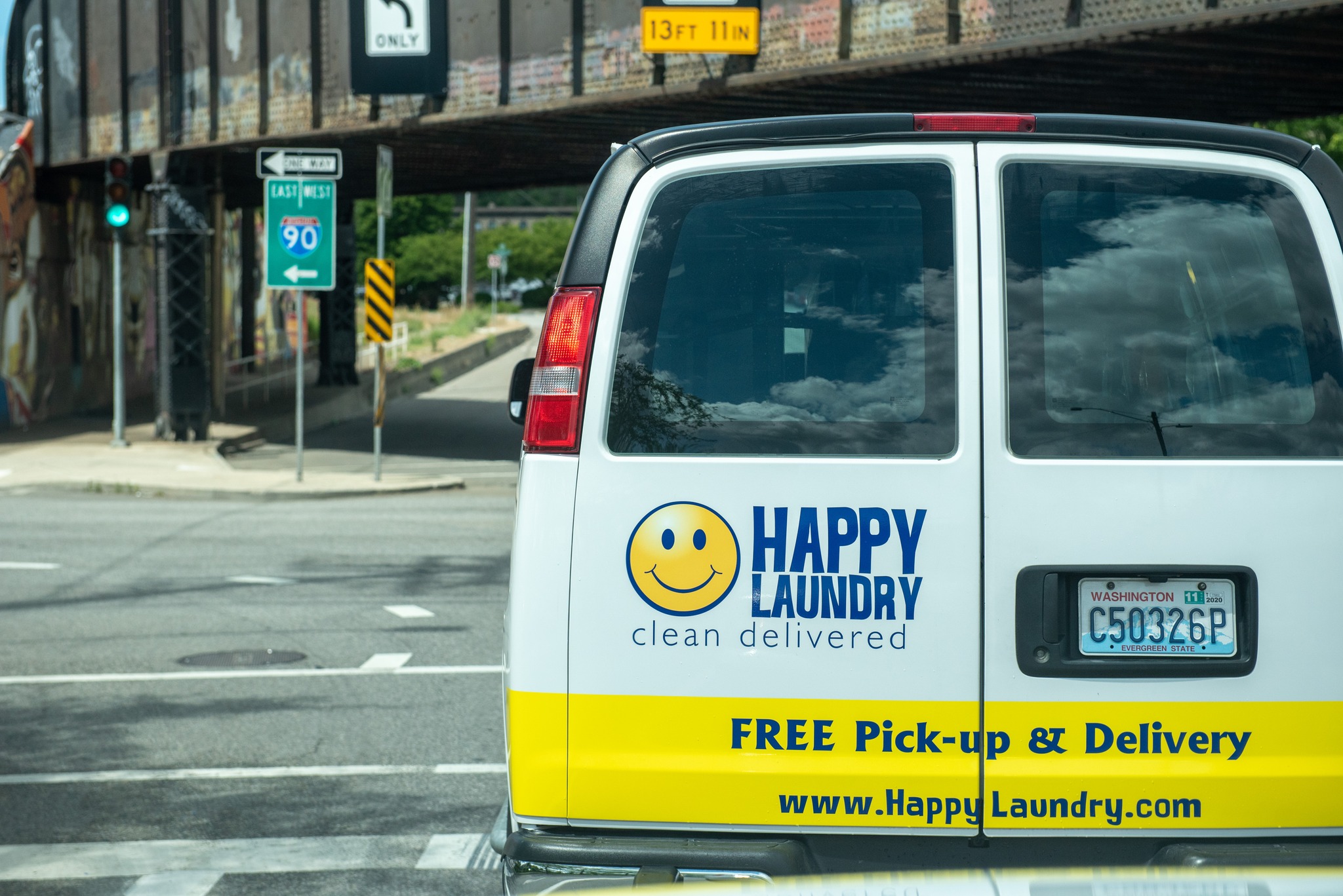In today’s competitive landscape, knowing how to find competitor customer list data can be a game-changer. Whether you’re launching a new product, refining your outreach strategy, or expanding your market share, understanding who your competitors are serving gives you a strategic edge. Fortunately, there’s a wealth of information available—legally and ethically—from public sources.
This guide explores proven, effective, and compliant ways to find competitor customer lists using public data. We’ll also look at how to analyze and use that information responsibly to fuel your business growth.
Why You Should Find Competitor Customer List Information
Understanding the competitor customer list can reveal important market patterns and customer behaviors. It helps businesses in several key areas:
Improve Targeting and Positioning
When you find competitor customer list data, you can better understand which industries or customer profiles your competitors are targeting. This helps refine your messaging and tailor offerings.
Identify Untapped Niches
If your competitors are heavily serving one segment, it might signal saturation. However, gaps in the competitor customer list may show you underserved areas or industries you could dominate.
Strengthen Lead Generation
You can use the data to build targeted outreach campaigns. By identifying companies already using similar services, your sales pitch becomes more relevant and effective.
Method 1: Analyze Case Studies and Testimonials
One of the easiest ways to find competitor customer list information is through publicly available testimonials and case studies.
Where to Look
- Company Websites: Most businesses showcase case studies and client success stories.
- PDF Downloads: Brochures, white papers, and annual reports often name-drop clients.
- YouTube or Webinars: Presentations sometimes reveal customers by name or logo.
Tips for Use
- Compile names from testimonials and map them to industries.
- Use LinkedIn to identify decision-makers at those companies.
Method 2: Explore Review Platforms
Review platforms offer valuable insights that help you find competitor customer list data while evaluating customer satisfaction.
Top Platforms
- G2, Capterra, and Trustpilot: Users leave reviews mentioning how and why they use a service.
- Glassdoor (indirectly): Employee reviews sometimes mention key clients or client types.
How to Analyze
- Search for competitor product names.
- Scrape reviewer company names and verify using LinkedIn or company websites.
Method 3: Leverage Social Media Insights
Social media can be a goldmine for anyone trying to find competitor customer list details.
- Check your competitor’s posts for tagged clients or partnership announcements.
- Look at employee profiles—many list the clients they manage or support.
Twitter/X and Facebook
- Monitor mentions, hashtags, and customer replies to competitor announcements.
- Use social listening tools to track discussions around competitor brands.
Method 4: Use BuiltWith and Similar Tools
Tech stack analysis tools help you find competitor customer list segments by identifying which companies are using a particular software or tool.
Recommended Tools
- BuiltWith
- Wappalyzer
- SimilarTech
How It Works
- Enter your competitor’s domain.
- The tool lists other companies using the same tech, revealing possible customers or shared audiences.
This approach is especially helpful for SaaS businesses trying to find competitor customer list insights based on overlapping technologies.
Method 5: Study Job Boards and Hiring Patterns
Hiring patterns can help you indirectly find competitor customer list data.
Example
A job post might read: “We need an account manager with experience handling major clients like XYZ Corp.” This offers a clue into their current or past client base.
How to Search
- Use LinkedIn Jobs, Indeed, and niche job boards.
- Search with keywords like “client management,” “enterprise clients,” or specific industries.
Method 6: Examine Government Contracts and Public Records
For B2G (Business-to-Government) companies, public tenders and contracts can help you find competitor customer list data.
Where to Look
- USA: USAspending.gov, FPDS.gov
- UK: Contracts Finder
- EU: TED (Tenders Electronic Daily)
What You’ll Discover
- Names of competitors awarded contracts.
- Public institutions they’ve served.
- Contract values and durations.
This method provides verified insights into a competitor’s client base.
Method 7: Analyze Press Releases and News Mentions
Press releases often mention new deals, client wins, and partnerships, making it an excellent way to find competitor customer list information.
Tools to Use
- Google News Alerts
- PR Newswire
- BusinessWire
How to Automate
Set alerts for phrases like:
- “[Competitor Name] announces partnership”
- “[Competitor Name] signs contract with”
This way, you’ll passively collect competitor customer list clues over time.
Method 8: Search Public Financial Filings
For publicly traded companies, quarterly and annual reports can help you find competitor customer list details.
Key Documents
- 10-K and 10-Q Filings: These often disclose major clients contributing to revenue.
- Investor Presentations: Slides may include customer logos or references.
This method is particularly effective in industries where a few large clients account for significant revenue.
Method 9: Tap Into Online Communities and Forums
Communities like Reddit, Quora, and industry-specific forums are useful to find competitor customer list discussions.
How to Navigate
- Search for “[Competitor Name] review” or “What CRM does [Company Name] use?”
- Join industry Slack or Discord groups where tools and vendors are discussed.
What You’ll Find
- Recommendations with real use-cases.
- Comparisons with direct references to customer experiences.
Method 10: Use LinkedIn Sales Navigator
If you want to find competitor customer list data with laser-targeted precision, LinkedIn Sales Navigator is essential.
How to Use
- Filter by “Current Company” to find employees at competitor client companies.
- Use “Past Company” filters to identify client-side professionals who’ve worked with your competitor.
Bonus Tip
Combine this with job title filtering (e.g., “IT Manager,” “Marketing Director”) for highly qualified leads.
How to Ethically and Legally Use Competitor Customer Data
It’s critical to emphasize that while you find competitor customer list information, you must remain ethical and within legal bounds.
Best Practices
- Never hack, scrape illegally, or impersonate.
- Use only publicly available data.
- Don’t use private/confidential information in outreach.
GDPR and Compliance
Be especially careful with personal data. Respect user privacy and always comply with GDPR, CCPA, and other relevant data protection laws.
How to Use the Data Once You Find It
After you find competitor customer list information, turn insights into actions:
Build Lookalike Audiences
Upload known customer data into platforms like Facebook Ads or LinkedIn Ads to build similar audiences for outreach.
Personalize Outreach
Tailor your messaging to address pain points or gaps identified in competitor offerings.
Refine Product Roadmap
Understanding what customers value in your competitors can help prioritize your own product features or service enhancements.
Conclusion
Finding a competitor customer list from public sources isn’t just possible—it’s one of the smartest moves a data-driven marketer or sales professional can make. From case studies and review sites to LinkedIn insights and public records, there are many legal and ethical methods available. By leveraging these techniques consistently, you’ll not only find competitor customer list data—you’ll transform it into a competitive advantage that propels your business forward. Stay compliant, stay strategic, and always keep learning.




